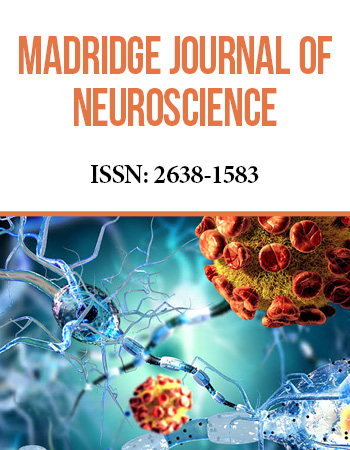International Neurology Conference
December 3-4, 2018 Valencia, Spain
The Use of Olfactory Ensheathing Cells to Repair Brachial Plexus Injury in the Rat
University of Glasgow, UK
Our laboratory at UCL Institute of Neurology investigates the use of olfactory ensheathing cells (OECs) for the repair of spinal cord injury. These specialised glia usually function to guide new olfactory axons as they pass from the periphery and terminate within the olfactory bulb. Over a number of years, we have shown that in experimental spinal cord injury models, OECs promote long-distance regeneration along with restoration of functions such as grasping and breathing.
We have developed a dorsal root transection model to mimic a brachial plexus injury such as may occur after a motorbike crash. We transplanted olfactory bulb OECs into a unilateral rhizotomy injury at the cervical level and found a return of proprioception in a climbing test. With a similar model, we demonstrated that transplanting OECs prevented abnormal forepaw sensations to hot or cold stimuli. This has important clinical implications.
Most recently we have transplanted human OECs within a collagen scaffold into the rat spinal root injury model. Half of the transplanted animals showed a return of climbing function. This setup allows us to test and optimise human OEC culture methods and the use of biomaterials to fill cavities that are common after injury.
Biography:
Mr. Andrew Collins has completed my undergraduate degree in neuroscience at Glasgow University before going to Bristol University for a PhD. The focus of this doctorate was the mechanisms underlying improved stress-coping following voluntary exercise in rats. The surgical techniques and behaviour tests which allowed a systems level approach enabled me to switch to the field of spinal cord repair. I have been a post-doctoral researcher at UCL since 2012, using specialised glia called olfactory ensheathing cells to repair injury in a rat model of brachial plexus injury. Translating basic research into better treatments in the clinic is my primary goal.


